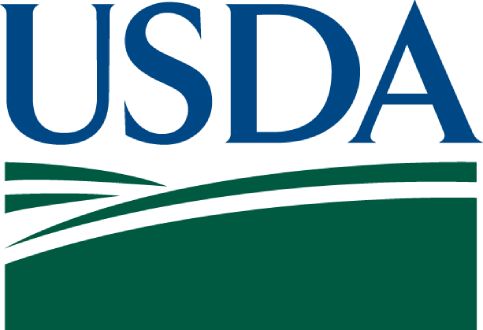The Special Supplemental Nutrition Program for Women, Infants, and Children (WIC) provides supplemental nutrition assistance, nutrition education, breastfeeding promotion and support, and referrals to health and social services to eligible pregnant, breastfeeding, and postpartum women as well as infants and young children up to age 5. State agencies that administer WIC are accountable for ensuring that WIC benefits are properly spent on WIC-authorized foods, vendors follow program rules and guidelines when transacting WIC benefits, and specific measures are in place to help contain food costs incurred by the program.
The Special Supplemental Nutrition Program for Women, Infants, and Children (WIC) provides supplemental nutrition assistance, nutrition education, breastfeeding promotion and support, and referrals to health and social services to eligible pregnant, breastfeeding, and postpartum women as well as infants and young children up to age 5. State agencies that administer WIC are accountable for ensuring that WIC benefits are properly spent on WIC-authorized foods, vendors follow program rules and guidelines when transacting WIC benefits, and specific measures are in place to help contain food costs incurred by the program.
Partnering with Insight Policy Research, Mathematica is providing a national picture of WIC cost containment practices employed by the 90 WIC state agencies. For states that have implemented WIC EBT for benefit redemption, the study is assessing the impact of cost containment practices on program costs, program participation, participants' redemption of WIC food benefits, and participant satisfaction. The study is also identifying best practices based on findings from the national study and the EBT states.
We are conducting telephone surveys of WIC participants to assess their satisfaction with the WIC food package and their experience with cost containment practices, such as limiting participants to the least expensive brand or only store brands and restricting package sizes. We are also surveying a sample of former participants to assess whether cost containment practices played any role in their decision to stop participating in the program. In addition, we are leading analyses to examine impacts on redemption patterns, food package costs, and participant health outcomes.


